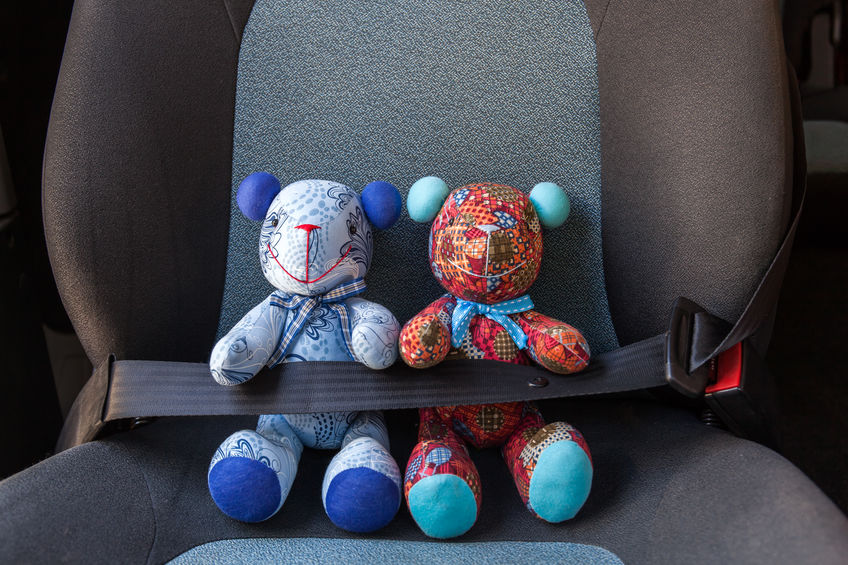It’s natural for your preschooler to test the limits. It can be hard to find a balance between letting them be daredevils that explore and being safe. Here are some tips that will help keep your explorer healthy while allowing them to still find their independence.
Leading the Way:
Rather than shielding your excited adventurer from every possible danger, you should help them learn how to navigate potentially precarious situations. For example, teach them to stop at driveways and street corners, to look both ways to make sure no cars are coming, and to approach a dog only if its tail is wagging and she asks the owner first. Then you will want your child to repeat the rules back to you. You also need to resist the urge to rescue them at every turn. Your pint-size superheroes may also benefit from taking classes, such as gymnastics and karate, that allow them to safely push their physical limits while being in a safe and controlled environments.
Stay Close:
You will need to find the balance between hovering and letting them be independent. Now you may not want to hover, but you’ll almost always have to keep an eye on your fearless preschooler and keep them close. This is especially true depending on their age and location of the activities. For example if you’re at a pool you obviously want to supervise them constantly If they want to try climbing on monkey bars, then you’ll going to need to catch them when they drops down. When your child is nearly 5, then you should be able to watch them from more of a distance in certain situations and continue to have those boundaries grow farther and farther away.
Set Appropriate Limits:
Wherever you go, make sure your child knows the rules. For instance if you are at the park let them know that they can climb on the jungle gym but not up and over fences. You need to involve them in the process whenever possible. adds Dr. Take the park example again- glance around and ask them if swings or slides look like safe and fun places to play. There are also certain activities, such as sledding or riding a bike, that have a certain set of expectations when it comes to always wearing proper protective gear and not going down steep hills. You want your children to take risks, but calculated risks, and to understand the potential consequences.
Get the Balance Right:
Above all, try not to get angry if your child puts themself in danger without realizing it. Unless you’ve specifically said, “Do not climb this tree because it’s dangerous,” you shouldn’t yell at them for trying it out. This will just confuse them because they haven’t learned or been told that it is unsafe, and tyhe don’t know they’re doing anything wrong. However, if you tell them not to run on a hard, slippery surface and they try it anyway tries it anyway, you will want to give them atleast one warning. Now if they do it again, you will need to remove them from the situation and leave, or put them inta time-out. This way, your child won’t lose their enthusiasm for adventure but will ultimately learning appropriate boundaries.
Watch Out for Warning Signs:
If your child is aggressive, violent, or reckless to the point where it results in frequent emergency-room visits or discipline, then you should talk to your pediatrician. They’ll be able to help you distinguish whether your child is simply testing normal limits or if there’s something more going on. Some children are temperamentally less sensitive to physical or emotional pain, be it their own injuries or the hurt, sadness, or shame their actions cause in others. This can lead to problematic behavior because they’re missing cues about appropriately protecting themselves and the people around them.
At Precious Memories Preschool of Sandy Hollow PreSchool of Sandy Hollow, we offer a special place for children to not only grow and develop along the way, but a place for them to CELEBRATE each and every step. If you are interested in enrolling your child in our program please fill out the form on this page or call us at 860.572.9958







